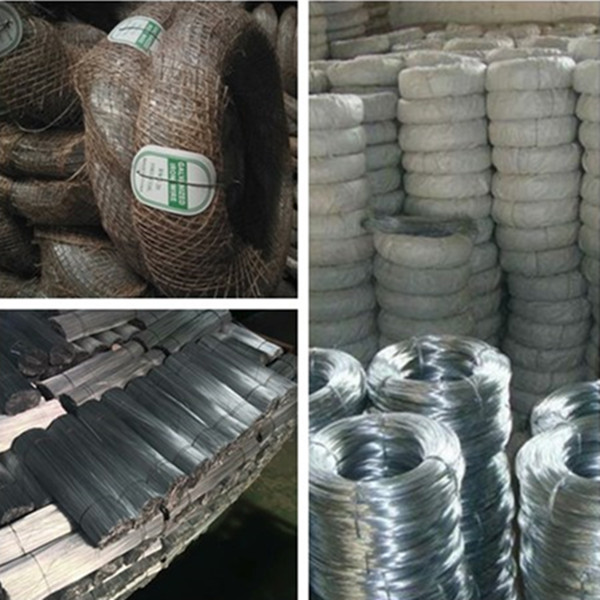First, focus on water fertilization. Eels and squids feed on plankton, and by using fertilization, the reproduction of plankton can be stimulated to meet their natural food requirements. This helps in the development of gonads in broodstock and improves both the quantity and quality of the broodstock. Based on the pond's water conditions, the main method is to apply fully fermented organic manure. Urea and superphosphate can also be used together to maintain water that is "fat, live, tender, and cool." In autumn, fertilization should be done more frequently but for shorter periods. Especially after water is added or the water body is disinfected, it's important to add fertilizer promptly so that the water color becomes darker and the transparency remains within a reasonable range. In short, the goal in autumn is to accumulate as much broodstock as possible to ensure normal breeding performance in the parent fish. Before winter, after adding or changing water, applying an appropriate amount of inorganic fertilizer can help maintain a certain level of phytoplankton in the pond, increase dissolved oxygen, and meet the small feeding needs of broodstock and carp.
Second, implement reasonable feeding practices. Different types of broodstock have different dietary needs. Grass carp are herbivorous, and fresh young grass becomes scarce in autumn. Therefore, they should be mainly fed with bean cakes, wheat bran, and corn, supplemented with leaves, sprouts, and aquatic plants. To improve digestion and intake, green materials and concentrates should be fed separately. Green material is best fed in the morning, at 3%–5% of the broodstock's body weight, while concentrates should be given in the afternoon, at 2%–3% of body weight. After winter, feeding frequency should be reduced accordingly. When water temperatures are high, feed every other day; when low, feed every three days. Adjust the feeding amount based on the condition of the broodstock. Herring broodstock feed on snails, pupae, and oysters, and should be fed at the right time. Small amounts of soybean cake can be used as supplements. For other species like silver carp and bream, supplementary feeds such as crushed bean cake or wheat bran should be used depending on the situation to enhance nutrition and promote gonad development.
Third, manage water exchange scientifically. Adding fresh water is a key technique to support gonad development in broodstock. Fresh water should be added based on weather, water quality, and feeding conditions. After autumn, flush the pond every 10 to 15 days for about 3 hours, increasing the water level by approximately 15 cm. As water temperature drops, the interval between flushes can be extended to 20 to 25 days. Before winter, fill the pond with enough water to maintain temperature and help the broodstock survive the cold season safely. It's best to add water during midday when it's colder. For ponds housing sensitive species like tilapia or shrimp, avoid adding too much water at once, as this could reduce fatness and negatively impact growth and gonad development.
Fourth, take timely preventive measures. During autumn and winter, disease prevention for broodstock must be strengthened. If broodstock become ill, it can affect their growth, nutrient accumulation, and gonad development. Disease prevention should follow the principle of “prevention before disease, early treatment if disease occurs, and emphasis on prevention over treatment.†First, improve water quality management and regularly disinfect the water. Disinfect with quicklime or bromochloroacetic acid every 15 to 20 days. Second, practice scientific feeding—avoid sudden changes in feeding patterns, prohibit feeding moldy or spoiled food, and regularly disinfect feed. Third, ensure all tools and water sources are properly disinfected to prevent disease spread. Fourth, use medication for prevention, such as regular insecticide treatments or medicated baits. Additionally, strengthen pond patrols and take measures against hypoxia and theft. (Author: Yangcheng Sheng)
Metal Wire
The metal wire including : galvanized wire, stainless steel wire, cutting metal wire, black annealed metal wire, U-type metal wire, PVC metal wire, thin low carbon steel wire, brass wire, nickel wire, etc.
The material of metal wire is metal wire rod & coiled bar and metal bar, the matel wire to be made by wire drawing equipment, annealing equipment and other specialized equipment. Through multi-pass drawing process and annealing, will be processed into different specifications of metal wire .
The metal wire be widely used in industry, agriculture, aquaculture, construction, transportation, mining and other fields .

Metal Wire,Galvanized Iron Wire,Stainless Steel Wire,Steel Wire,Barbed Wire
ANPING COUNTY SHANGCHEN WIREMESH PRODUCTS CO.,LTD , https://www.scwiremesh.com